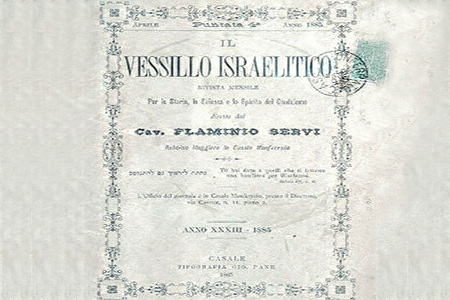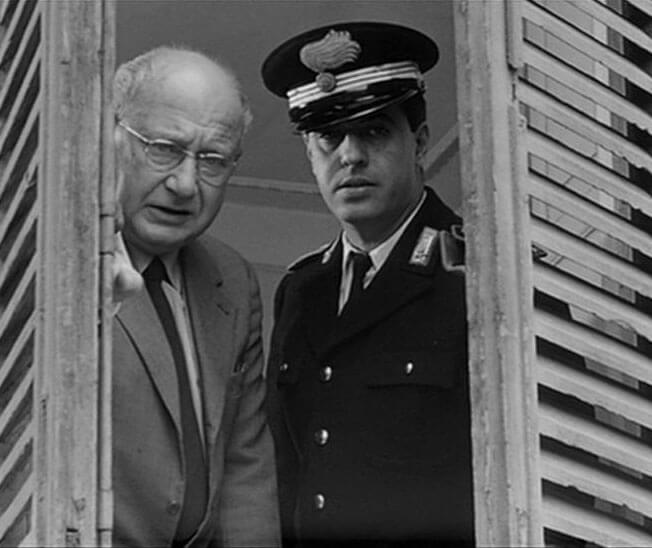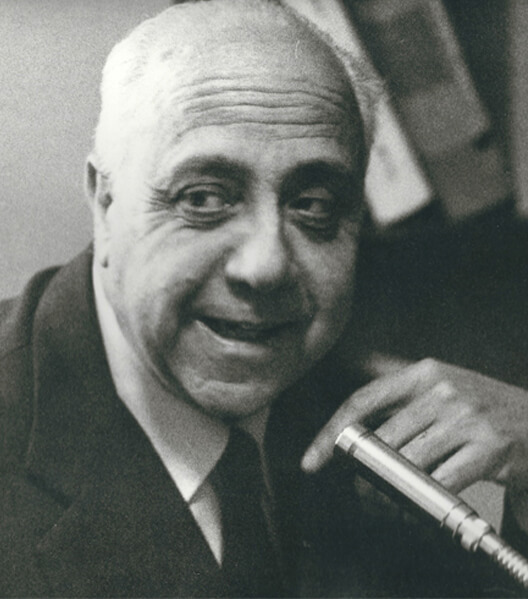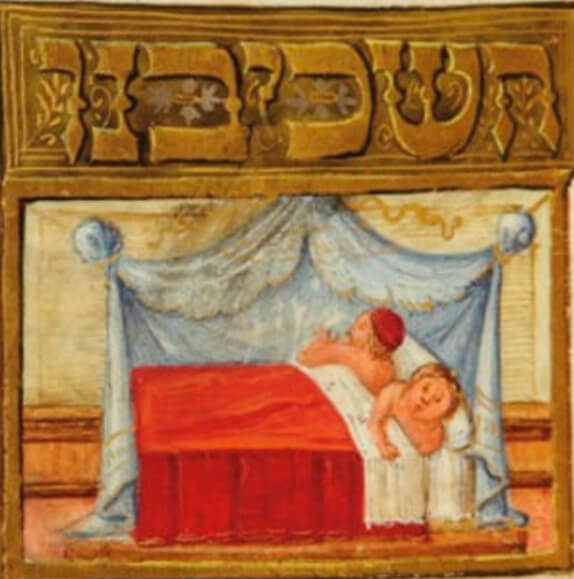A brief guide to the study of the persecution of the Jews in Italy based on material provided by the Center for Contemporary Jewish Documentation in Milan.
Related Projects
Italian Jewish Press
Guided portal to the Italian Jewish press of 19th and 20th centuries. Created in collaboration with the Scuola Normale Superiore di Pisa…
Film
Representing Jews in Italian film and documentary. Italian Jewish history in film.
Americordo
Documenting the lives of Italian Jewish exiles in America, their struggles and achievements, through research, oral history and family albums.
Chazanut
Created in memory of Erna Finci Viterbi z”l, this resource aims at sharing with users across the world the Italian Jewish liturgy and…




